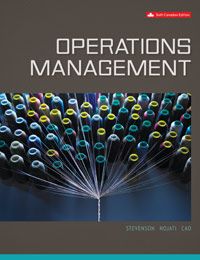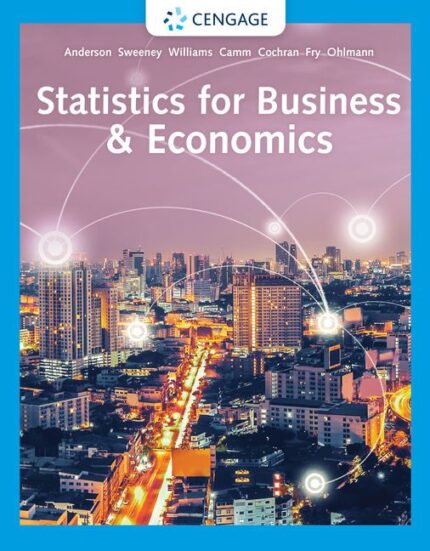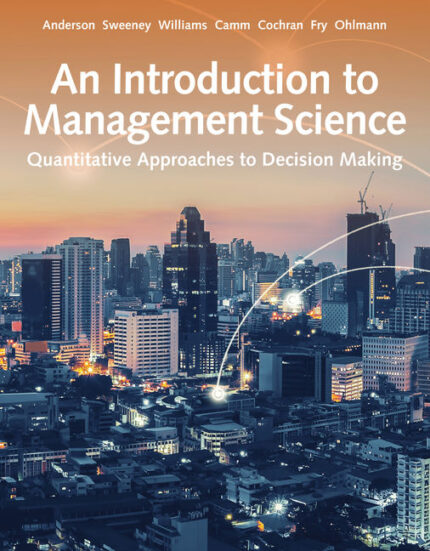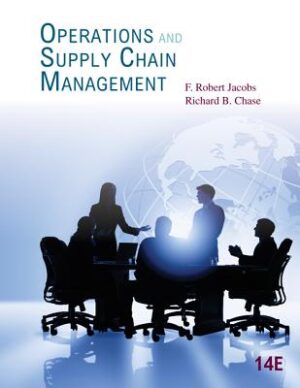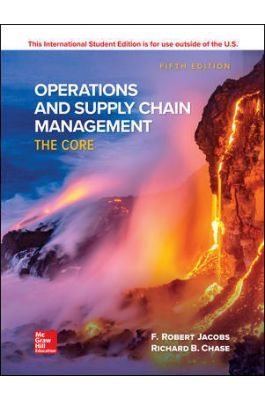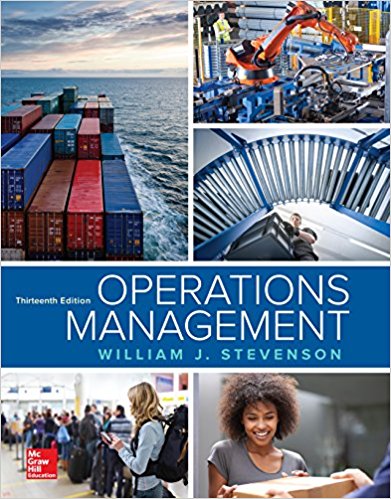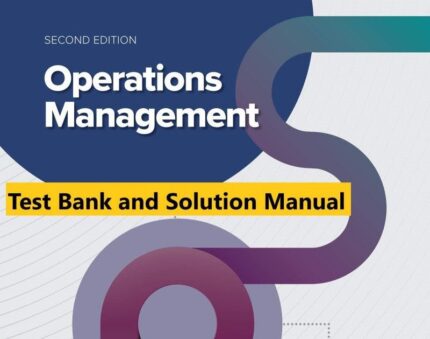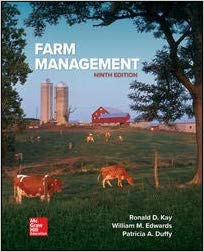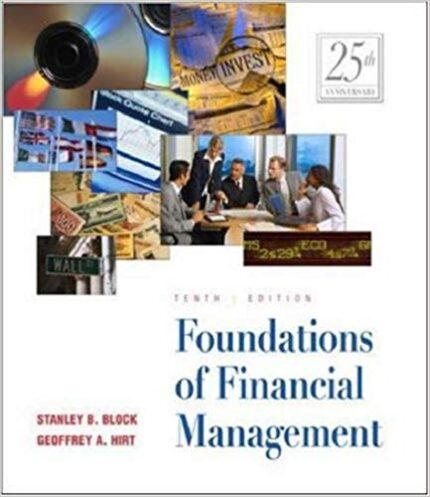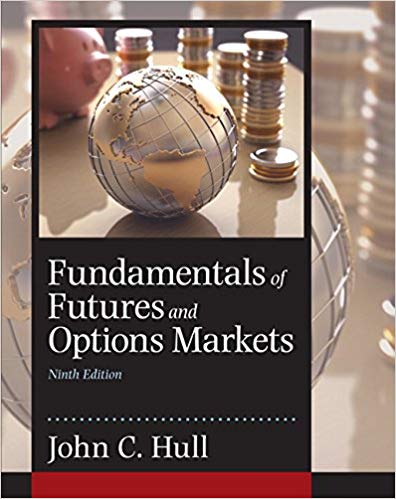Solution Manual for Operations Management 6th CANADIAN Edition by Stevenson
Chapter No 1
INTRODUCTION TO Operations Management
Teaching Notes
The initial meeting with the class (the first chapter) is primarily to overview the course (and textbook), and to introduce the instructor and his/her interest in Operations Management (OM). The course outline (syllabus), the objectives of the course and topics, chapters, and pages of text covered in the course, as well as problems/mini-cases, to be done in class, videos to watch, Excel worksheets to use, etc. are announced to the class.
Many students may know little about OM and the types of jobs available. This point can be addressed in order to generate enthusiasm for the course. The Learning Objectives at the beginning of the chapter indicate the highlights of the chapter.
Answers to Discussion and Review Questions
- Operations management is the management of processes (i.e., the sequence of activities and resources)that create goods and/or provide services.
- Production/operations planner/scheduler/controller, demand planner (forecaster), quality specialist, logistics coordinator, purchasing agent/buyer, supply chain manager, materials planner, inventory clerk/manager, production/operations manager.
- a. Because a large % of a company’s expenses occur in the operations, e.g., purchasing materials and workforce salaries, more efficient operations can result in large increases in profits.
- A number of management jobs are in OM.
- Activities in all other areas of any organization are all interrelated with OM.
- Operations innovations lead to the marketplace and strategic benefits.
- The three major functions of organizations are operations, finance, and marketing. Operations is concerned with the creation of goods and services identified by marketing, finance is concerned with the provision of funds necessary for operations and investment of extra funds, and marketing is concerned with promoting and/or selling goods or services.
- The operations function consists of all activities that are directly related to producing goods or providing services. It adds value during the transformation process (the difference between the cost of inputs and the price of outputs). An operations manager manages the transformation function. He/she is responsible for planning and using the resources (labor, machines, and materials). The kind of work that operations managers do varies from organization to organization (largely because of the different goods or services involved). For example, a store/restaurant manager is in effect an operations manager. See Figure 1-6 for examples of typical activities performed by operations managers.
- Design decisions are usually strategic and long term (1–5 years or so ahead), whereas planning and control decisions are shorter term. In particular, planning decisions are tactical and medium-term (1–12 months or so ahead), and control decisions (including scheduling and execution) are short term (1–12 weeks or so ahead). Design involves decisions that relate to goods and service design, capacity, acquisition of equipment, the arrangement of departments, and location of facilities.Planning/control activities involve management of personnel, quality control/assurance, inventory planning and control, production planning, and scheduling.

